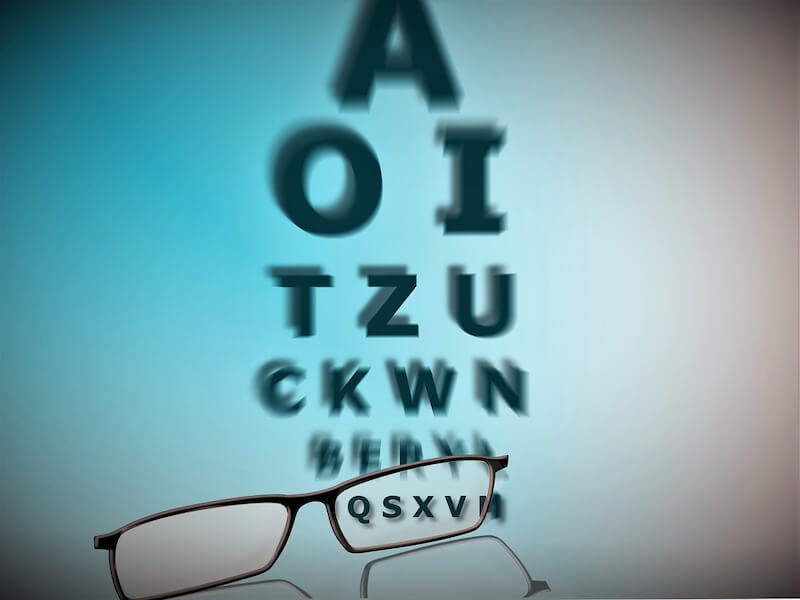Most parents probably forget the importance of eye health when there is so much else to worry about in regards to their children’s wellbeing. But some important issues should be monitored and dealt with, such as conjunctivitis or chalazion on the eyes (check here for the definition of chalazion) Here are some need-to-know facts about your children’s eyes and common problems that you might face.
Babies
During the first month of a baby’s life, their central vision is still developing and, whilst a newborn can see, they are still forming the connections between the retina and the brain. You may notice that during this development stage they will start to focus on objects held in front of them. It is normal for a baby’s eyes to appear to cross or wander out to the sides – once their visual coordination improves, they will start to work together more. A baby’s eyes should ideally focus and follow objects by the time they are 3 months old, if you are noticing that their eyes are still very uncoordinated then you should consult with your pediatrician.
Around the 5-month mark is when babies start to see in three dimensions and this helps to improve their hand-eye coordination and depth perception. You can see this by how much better they are at reaching for objects because they can now tell how far it is from them.
Babies’ eyes turn their final color at around 9 months old and you find that they darken significantly since birth. However, it is not uncommon to see some slight changes in color or shade during the first 3 years of life.
Toddlers
You should watch your toddlers for any misalignment or one eye that looks straight whilst the other eye wanders as this could be a sign of strabismus. The leading cause of childhood blindness worldwide is measles, and this virus can severely harm the eyes in numerous other ways. Vaccinations are the best protection against this disease.
Children
A lot of children are naturally slightly farsighted but in most cases, they will not need glasses because generally, they can accommodate by using the muscles in their eyes to focus on objects near and far. This farsightedness will often improve on its own through the development of its focusing muscles. School-age children will likely be spending a lot of time in front of screens which can contribute to the development of nearsightedness and something called digital eye strain. Both you and your children need to follow the 20-20-20 rule: for every 20 minutes spent looking at a screen spend 20 seconds focusing on something at least 20 feet away. You should also try to limit screen time to prevent sleep problems from blue light.
Some lesser-known signs of vision problems in children are a quick loss of interest in activities that require extensive eye use, turning their head to look at something that is in front of them, or frequently losing their place when reading. If you pick up on any of these symptoms then you should schedule your child an eye exam.








